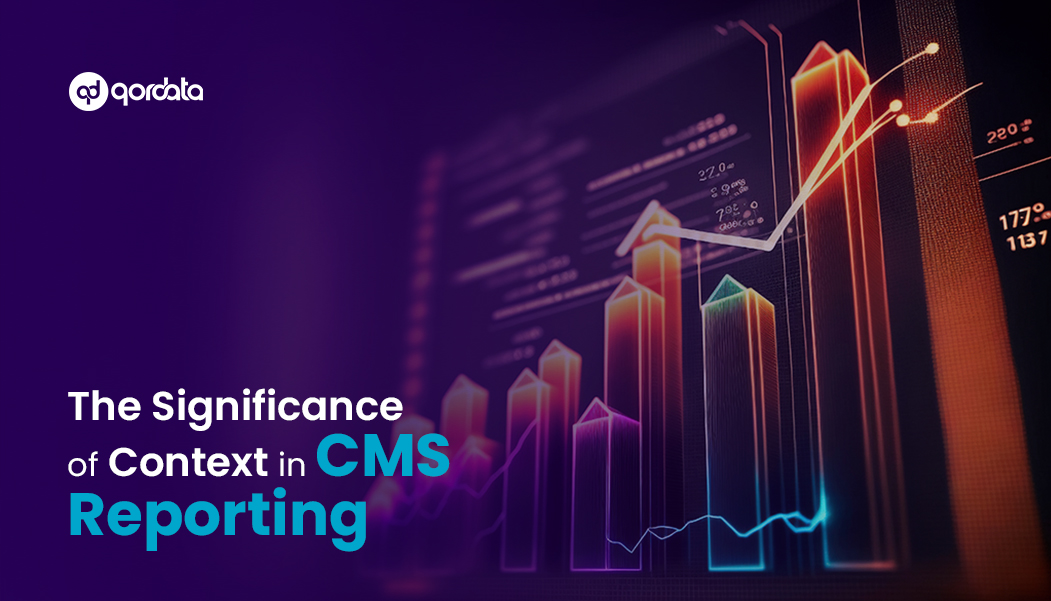Table of Contents
ToggleData is impacting the modern business landscape from every direction today, and life-science companies are not an exception to the impact.
This perspective-changing drift in various industry verticals is paving the way for businesses by revolutionizing how they perform their day-to-day operations.
By leveraging data today, businesses achieve a strategic edge over their competitors, especially in the domain of intelligent decision making, ensuring efficient operations, enhanced security, trends prediction, etc. (more on the benefits later)
What is even more interesting is the fact that the data-driven approach has been proven to be immensely beneficial for businesses since it was commercialized a few years ago.
In the life-science industry, however, leveraging data is not a trend but a necessity simply because the life of millions depend on this industry.
And since the $8.3 billion life-science market generates massive complex data every minute – it’s always better to have a data-driven software that you can use to sort complex data and meet desired goals on time, every time, especially when it comes to transparency reporting.
That said, let’s dive deep into the world of data (specifically aggregate spend data) in life sciences to determine and analyze its importance, impact, result, and benefits.
What is Aggregate Spend?
Aggregate spend reporting, also known as the Physician Payment Sunshine Act, is a process through which the United States Government, specifically “PPACA” (Patient Protection And Affordable Care Act), aggregate, monitor, and determine the amount spent by the healthcare manufacturers on HCPs (healthcare professionals) and Os (organizations).
PPACA advises healthcare manufacturers to submit detailed spending reports to the government that provide transparency around the financial relationship between physicians, hospitals, and manufacturers of drugs, medical devices, and biologics.
The primary purpose of this initiative was to address the following concerns collectively:
- To achieve complete transparency in the life-science industry
- Determining the financial relationship between physicians and healthcare manufacturers
- Identifying the benefits being provided to physicians by healthcare manufacturers
- Analyze and limit spending per physician
Introduced and made canon back on January 1, 2012, Healthcare manufacturers were advised to submit fed reports to the government annually. The penalties imposed on healthcare manufacturers if they fail to submit the federal spend reports on time or in case of violation would range from $10,000 to $1 million.
Assessing Benefits of Aggregate Spend Reporting For Life Science Organizations
The primary purpose of fed reporting is widely considered an obligation imposed by the government that the life-science organizations must abide by.
However, by diving deep – we understand the importance and viability of the data submitted annually.
The data can provide organizations with a concise framework that they can leverage to minimize losses and maximize gains while ensuring long-term profitability.
That said, here are two of the most underrated benefits of evaluating aggregate spending:
-
Revs Up Competitive Intelligence.
-
Enables Organizations To Plan One Step Ahead.
Let’s look at both of them one at a time.
1. Revs Up Competitive Intelligence
Through in-depth analysis of aggregate spend data, organizations, and HCPs discover the strategic decisions made by the competition in the recent year.
Through this approach, the competitive intelligence of internal teams revs up. As a result, they can further refine marketing, product placement, investments, and other critical initiatives, ensuring maximum profitability for the organization.
2. Enables Organizations To Plan One Step Ahead
When the initial strategic road-maps that the competitors used to maximize their revenue are bought into a tangible form, planning one or multiple steps ahead of them becomes relatively easier.
The newly created data-driven plan is based on the strategies, tactics, or action items that were already proven beneficial rather than simply relying on observations or experiences.
Agg Spend Reporting: The Challenge & Response
Where aggregate spend reporting unlocks opportunities for life-science organizations, they can be equally intricate to prepare and submit.
Generally, the compliance team of a life-science organization is tasked with the ownership of timely submitting transparency reports on time. However, the challenge mainly persists due to the reports being sophisticated to compile.
Any aggregate spend report encompasses data sources, master data, transformation, and compliance reports. Once the entire report is prepared, a comprehensive analysis is required to ensure accuracy and to confirm that they’re created as intended.
During the analysis of aggregate spend reports, the chances of errors, missed omissions, and duplicate transactions are high. This leaves the manufacturers exposed to the risk of non-compliance.
Therefore, it is highly advised and critical to analyze transaction details thoroughly before submission. There’s always a risk involved in preparing such reports consisting of statistical data.
On the contrary, a data-driven transparency solution designed specifically for the life science industries is the perfect response to this challenge.
Although taking this approach requires investment but in return, it simplifies compliance so that organizations can meet U.S federal compliance requirements on time.
An advanced solution such as qordata’s aggregate spend reporting platform can help reduce the risks mentioned above, improve the compliance team’s performance, ensure compliance, and make the whole aggregate spend reporting process fast and efficient.
Taking this approach requires an investment of time. The core of such a program is a deep dive into compliance data.
The Way Forward
The dynamic healthcare ecosystem is evolving and creating tons of data every minute. Unfortunately, this leaves the life-science companies and providers dependent on each other, especially in aggregate spend reporting.
After exploring the intricacies of aggregated spend reporting, we can agree that there are several challenges involved in federal reporting that cannot be ignored. However, mitigating them with data-driven software is what matters the most.
This step would prove beneficial in terms of time-saving or improving efficiency and, in addition, will enable companies to turn nearly a million annual transactions into insights to drive business success, unlock additional value, and navigate complexities.



